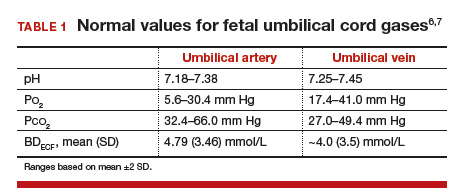Espresso: Update to the Mifespristone REMS Requirements
/Reading: ACOG Practice Advisory: Updated Mifepristone REMS Requirements
Background
What is mifepristone?
As you probably know, mife is used in combination with misoprostol as part of medication abortion
This method is safe, effective, and FDA-approved
Can also be used for early pregnancy loss
Check out our medication abortion and telehealth abortion episodes!
However:
Starting in 2011, the FDA implemented the Mifepristone REMS (risk evaluation and mitigation strategy) Program placed several restrictions on mifepristone distribution
There needed to be an in-person dispensing requirement
Needed to be dispensed in a clinic, medical office, or hospital by or under direct supervision of a certified clinician
So patients could not get the mifepristone in a retail pharmacy or by mail
ACOG has long advocated for removal of this restriction
Doesn’t make care safer
Not based on medical evidence
Creates barriers to clinician and patient access to medication abortion and medical management of early pregnancy loss
Disproportionately burdens communities already facing structural barriers to care
Why are we making this episode?
Timeline
During COVID-19, with advocacy, the FDA halted enforcement of the REMS in-person dispensing requirement due to public health emergency
This allowed telehealth provision of mifepristone and also by mail in some states
December 2021 - FDA completed a review of the Mifepristone REMS Program and determined that modifications were warranted to reflect long-standing safety data, improve patient access, and reduce burden on health care delivery
January 3, 2023 - Drug manufacturer’s submission of updated prescribing information, etc. and was approved by FDA
Updates
Permanent removal of in-person dispensing requirement
So in addition to clinics, medical offices, hospital: certified pharmacies can now dispense mifepristone to patients with prescription from certified prescriber
Mifepristone can be dispensed in-person or by mail
Addition of a pharmacy certification requirement
Retail pharmacies that meet certain requirements and complete a Pharmacy Agreement Form can now dispense mifepristone to patients to patients who have a prescription from a certified prescriber
Find the documents can be found on the FDA website.
What does this mean for us and for our patients?
Increase access to medication abortion
Maybe – can still be dependent on state-specific laws and ability and willingness of retail pharmacies to achieve REMS certification
Some states restrict abortion
Some states restrict telehealth access, may still require in-person dispensing of mifepristone, and regulation of medications by mail
So… the REMS requirements still remain as a medically unnecessary barrier to obtaining this medication


